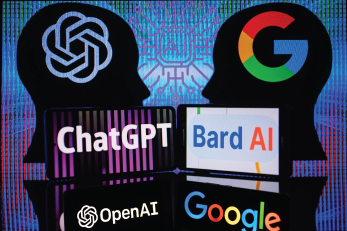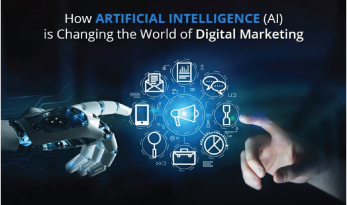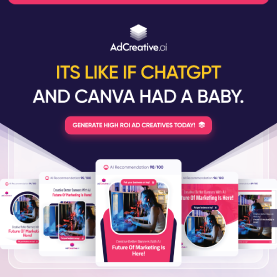The Generative AI Revolution
Generative AI—capable of creating text, images, code, and more—is more than just a trend. It’s a technology with the potential to revolutionize workflows, customer experiences, and operational efficiency. However, its true power is unleashed when combined with automation tools that streamline and scale its application across business processes.
“Generative AI isn’t just a tool; it’s an enabler,” said Rosenman. “When paired with automation, it helps businesses move beyond experimentation to real-world impact.”
Why Pair Generative AI with Automation?
Peter White emphasized that generative AI’s strengths lie in its ability to produce creative and data-driven outputs. Automation, on the other hand, excels at executing repetitive tasks at scale. Together, they form a powerful duo that can:
- Enhance Productivity: Automate mundane tasks, allowing teams to focus on strategic initiatives.
- Improve Decision-Making: Generate insights and reports faster by processing vast amounts of data.
- Personalize Customer Experiences: Use AI to create tailored content and responses, scaled through automation.
For example, a customer service team could use generative AI to draft personalized responses and automation tools to send those responses seamlessly across channels.
Practical Applications of Generative AI and Automation
During their discussion, Rosenman and White highlighted several practical ways businesses can integrate generative AI and automation:
- Content Creation and Management:
- Automate the creation of marketing collateral, blog posts, and social media updates.
- Use generative AI to brainstorm ideas and automation to schedule and distribute content.
- Streamlining Operations:
- Generate and analyze reports using AI, then automate their distribution to stakeholders.
- Combine AI’s insights with automated workflows to optimize supply chains or financial processes.
- Customer Support:
- Develop intelligent chatbots that leverage generative AI for natural language responses.
- Automate follow-ups and ticket resolution for seamless customer experiences.
- Employee Empowerment:
- Create on-demand training materials and resources with AI.
- Automate repetitive HR tasks like onboarding, freeing teams for meaningful engagement.
Overcoming Implementation Challenges
While the benefits are clear, implementing generative AI and automation requires careful planning. Rosenman shared three key steps to ensure success:
- Start Small and Scale: Begin with specific, high-impact use cases before expanding.
- Empower Your Teams: Provide training to help employees embrace AI and automation tools.
- Focus on Ethics and Governance: Establish guidelines to ensure responsible AI use, safeguarding data privacy and reducing bias.
“It’s not just about deploying technology,” Rosenman emphasized. “It’s about building a culture that embraces innovation.”
A Glimpse Into the Future
Looking ahead, both Rosenman and White agree that the combination of generative AI and automation will drive unprecedented levels of innovation. Businesses that leverage these technologies effectively will not only streamline operations but also create new opportunities for growth and differentiation.
“This is just the beginning,” White concluded. “The real question isn’t whether generative AI will transform industries—it’s how quickly your business can adapt to unlock its full potential.”
Generative AI and automation are no longer future technologies; they’re today’s business drivers. By combining their capabilities, companies can reimagine processes, elevate customer experiences, and achieve remarkable efficiencies. The question is: how will you harness this transformative power?


